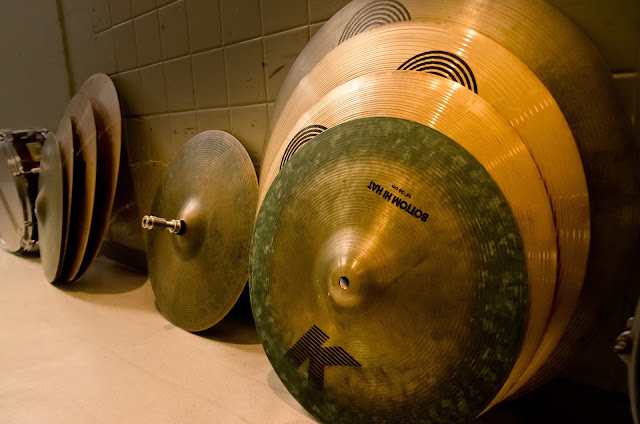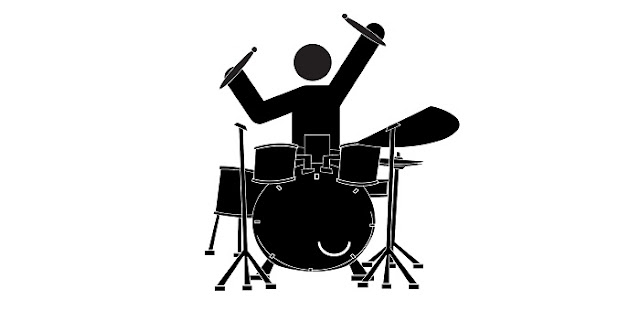Those who are unacquainted with the delicate details of drums and drum kits such as cymbals may feel surprised about the differences among the different shapes and types of the cymbals. Besides sizes that can shift between basically CD estimated, and sufficiently enormous to be utilized as a shield, if you are included in sword-based battle, there are differences in material, development method. the rundown goes on. Often for the beginners, choosing the right drum kit specifically choosing Cymbal is so confusing that sometimes the confusion leads them to choose the wrong one.
Cymbals generally add flavoring and tonal shading to drumming. So carrying that much importance, Cymbals are worthy of some good research before buying the set for the people who are new to the arena. Here are some basic tips for choosing the best possible options for the beginners.
Right Compliment of Cymbals
There is no specific quick response for this specific area, but then again thinking about the budget and level of music you are targeting to practice should be the basic configuration. For example, Jazz drummers prefer different cymbal arrays, but hard rock bands do not prefer the types that Jazz bands do. The music quality, types and choice of music should be reconsidered when you are starting and buying a new Drum set for that particular music type. So if we think about right compliment of the Cymbals you use, you should have the perfect set of Drum set which you are comfortable with
Sorting Out Your Choice
Sorting your choice out as a beginner is the hardest hurdle you have to pass. Best practice is to get started by checking the setup of cymbals used by your favorite iconic Drummers. Every element may not be mirrored as per cymbals choices concern, but you will find some very significant clues about what does and does not imply in the context of your choice.
Types of Cymbal
Before starting and being a full-fledged drummer yourself, you should have an enriched idea about the types of Cymbals and other drum kits you are proceeding to buy. Types and placements of Cymbals like Ride Cymbals, Hi-Hat Cymbals, Crash Cymbals, Splash Cymbals, China and Effect Cymbals etc. should be significantly studied by you before approaching to get a specific one.
Cost Vs. Quality
By now you should be well known about the criteria that you should be looking for while choosing your drums set. But one thing you should be pretty careful of that whether you want the set to be budget or a quality one. You should be aware of that you just get what you are paying for when you are buying Cymbals. Premium Cymbals are made of costlier materials and need more hand work. The lower-priced cymbals can at present convey shockingly satisfactory sound but there are some tough
deals to be found among budget cymbals.
So if you are sure enough to explore your interest as a drummer and of course if you have gone through the basic tips at the same time checked the all possible criteria, this is the time to go for a quality, branded and best-suited drum set along with excellent quality cymbals.
In Drummers Paradise, we offer the best quality cymbals available in Melbourne. Check out our massive collection of Cymbals from some of the world’s leading Cymbals Brand. We also offer Cymbal Packs with pre-matched sets including Hi Hats, Crashes, and Rides which is an easy and comfortable way to acquire the Cymbal you want.

























